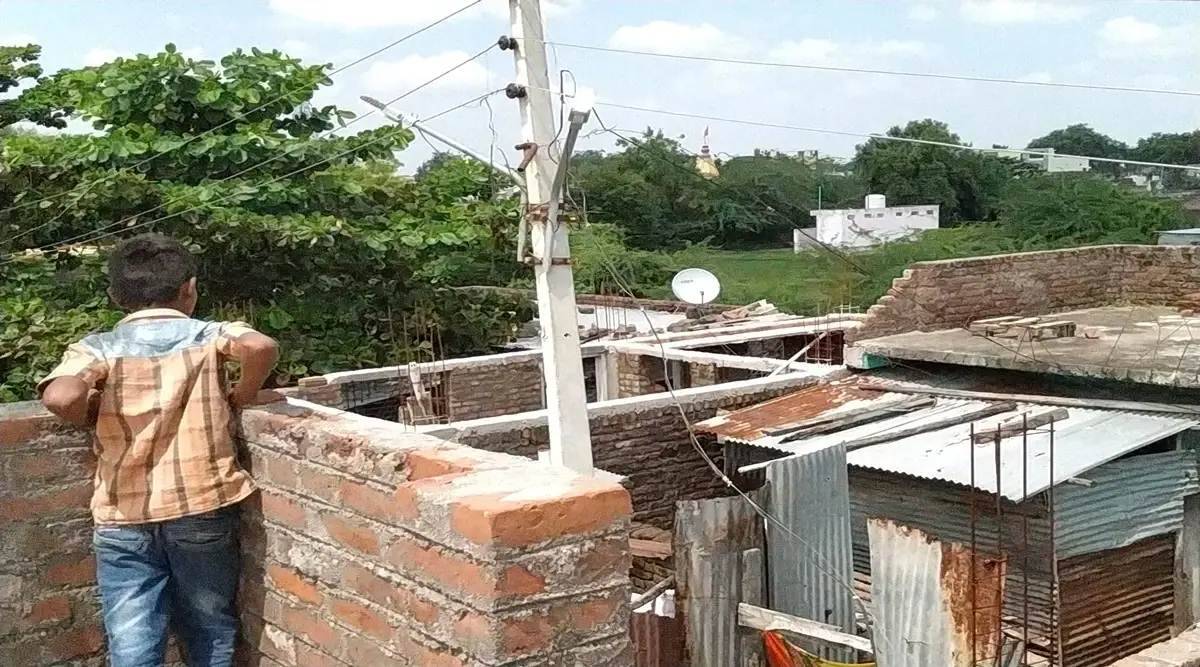After the Union Ministry of Rural Development (MoRD) reported that funds were lacking to implement the Pradhan Mantri Awas Yojna-Gramin (PMAY-G), the Union Ministry of Finance has approved an advance of Rs 13,000 crore from the Contingency Fund of India for the rural housing scheme.
According to the Union Budget 2022-23, the Rs 13,000 crore tranche is in addition to the Rs 20,000 crore allocated for PMAY-G.
During 2022-2023, the government plans to build 52.78 lakh houses under the scheme.
In the first seven months of the PMAY-G scheme (April-October 2022), the Rural Development Ministry utilized Rs 16,785 crore, or approximately 84 percent of the Rs 20,000 crore available. As a result, other schemes in the ministry, such as PMGSY (Pradhan Mantri Gram Sadak Yojana), which has almost the same budgetary allocation (Rs 19,000 crore), have been able to utilize only 40 percent, and National Rural Livelihood Mission (NRLM) only 25 percent. Seventy-four percent of the funds allocated under NREGS, a demand-driven rural job guarantee scheme, have been utilized in the first seven months of its implementation.
The Ministry of Rural Development contacted the Ministry of Finance back in June to request additional funds to construct rural houses. The Indian Express has learned that Nagendra Nath Sinha, Secretary of Rural Development, wrote to TV Somanathan on June 8, 2022, highlighting that the budgetary allocation of Rs 20,000 crore was “not sufficient” for the states and Union Territories (UTs) to construct 52.78 lakh rural houses under the PMAY-G program during the year. Sinha requested that he provide an additional amount of Rs 28,422 crore.
Applicants are provided with the financial assistance of Rs 1.20 lakh in plain areas and Rs 1.30 lakh in hilly states under the PMAY-G program. By the scheme’s guidelines, the Center and the state share the financial burden of implementing the system in a ratio of 60:40 in plain areas and 90:10 in hilly states (particular category states that include eight North Eastern states, Himachal Pradesh, Uttarakhand, and J&K). The Centre bears 100% of the costs associated with rural housing implementation in the UTs, including Ladakh.
Under the current NDA government, the erstwhile rural housing scheme was restructured, and the PMAY-G program was launched on April 1, 2016, to provide “Housing for All” by 2022. It has set to construct 2.95 crore PMAY-G houses by March 2024, of which 2.07 crore have already been built in rural areas.
EXPLAINED
The country that spends the most on rural development
In the first seven months of this year, the PM Awas Yojana has been the top spending program in the pastoral development ministry, surpassing even the NREGS job guarantee scheme. As a result of its request for additional funds in the first quarter itself, it has now received more than two-thirds of the funds allocated in the Budget.
According to a source, 2.02 crore rural houses are expected to be built under the PMAY-G program by August 15, 2022.
It is necessary to build 52.78 lakh houses in the financial year 2022-23 and 57.34 lakh houses in the financial year 2023-24 to meet the March 2024 target. Approximately Rs 48,422 crore would be required from the Central Government to accomplish the target of 52.78 lakh houses by 2022-23, according to the MoRD. However, only Rs 20,000 crore was allocated in the Budget for 2022-23.
Among the 20,000 crores allocated for the scheme component, only Rs 15,999.99 crore was given for the scheme component, while Rs 4,000 crore was reserved for interest payments to NABARD.
On October 18, 2022, Sinha wrote to Somanathan again and mentioned that the PMAY-G budgetary allocation has always been “much lower than the required funds every year”. To ensure that the Central share of the funds is released to the states before the following Supplementary Demands for Grants, he requested him to provide at least Rs 15,000 crore. Final approval of an advance from the Contingency Fund of India of Rs 13,000 crore was received by the Ministry of Finance on October 31, 2022.
